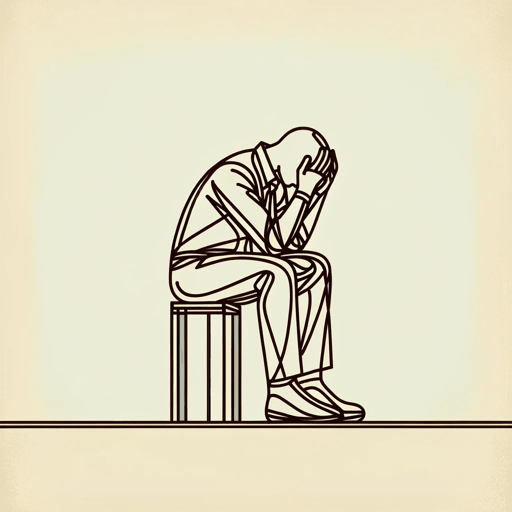15 pages • 30 minutes read
Walt WhitmanHours Continuing Long
Fiction | Poem | Adult | Published in 1860A modern alternative to SparkNotes and CliffsNotes, SuperSummary offers high-quality Study Guides with detailed chapter summaries and analysis of major themes, characters, and more.
Symbols & Motifs
The Slowness of Time
The first part of the poem, in which the word “hours” appears once in every line (Lines 1-7), puts the emphasis firmly on the passage of time. The poet is in a state of distress throughout these lines, and he is conscious of how time is dragging. As the first line states, “Hours continuing long.” Time appears to pass slowly because Whitman is obsessing on his own misery. As the hours go by, his unhappiness is all that he knows. It seems from the poem that he cannot find anything constructive to occupy his time with—he cannot even sleep—so he broods endlessly, hour after hour after hour. This consciousness of the monotonous passing of hours that turn into “weeks and months” (Line 5) thus becomes a recurring motif. It is as if the poet’s mind is stuck; time trudges wearily on, but he cannot get beyond the endless circulation of his negative feelings: Hours are long when the heart aches.
Mirror
The underlying motif of a mirror dominates the second half of the poem. In Line 5, Whitman fears that his friend has forgotten him; to overcome the pain of this desertion, he wants to convince himself otherwise. He does this with a series of questions; he describes an aspect of his own “anguish” (Line 10) and then asks whether his friend is likewise distressed about the loss of the friendship.
Related Titles
By Walt Whitman
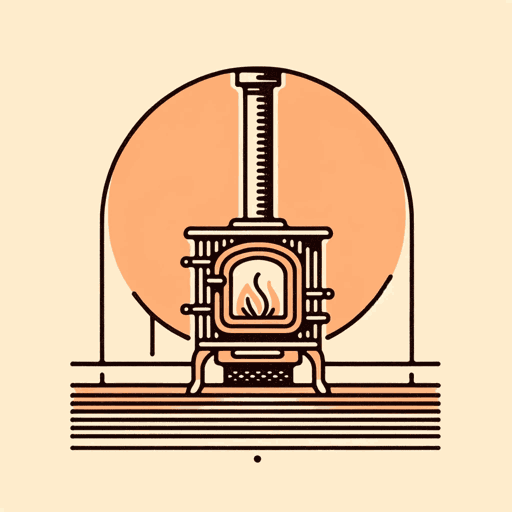
A Glimpse
Walt Whitman
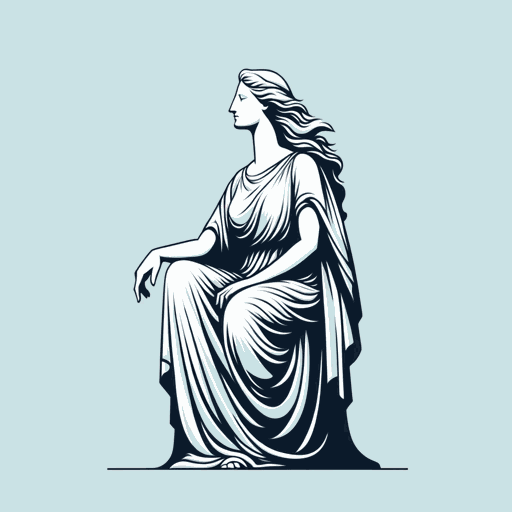
America
Walt Whitman
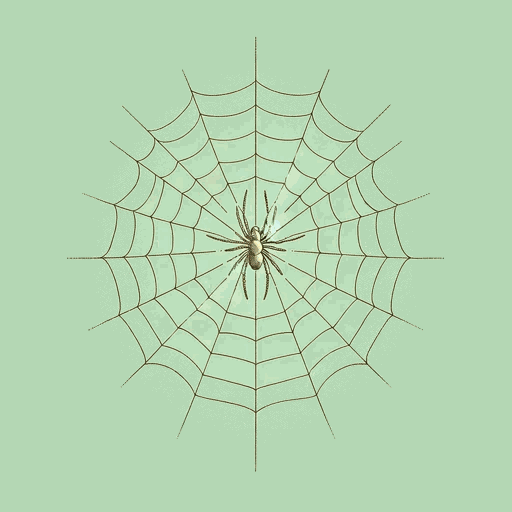
A Noiseless Patient Spider
Walt Whitman
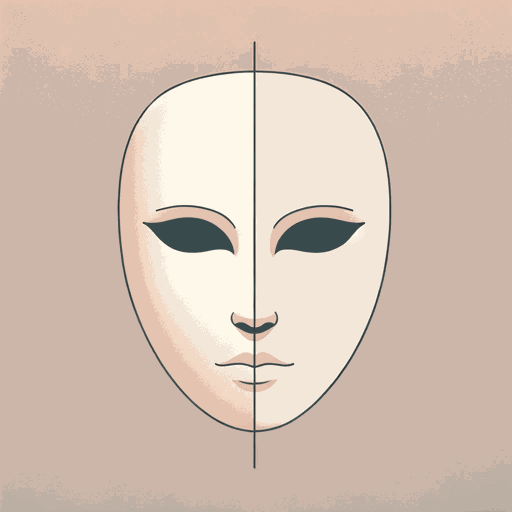
Are you the new person drawn toward me?
Walt Whitman
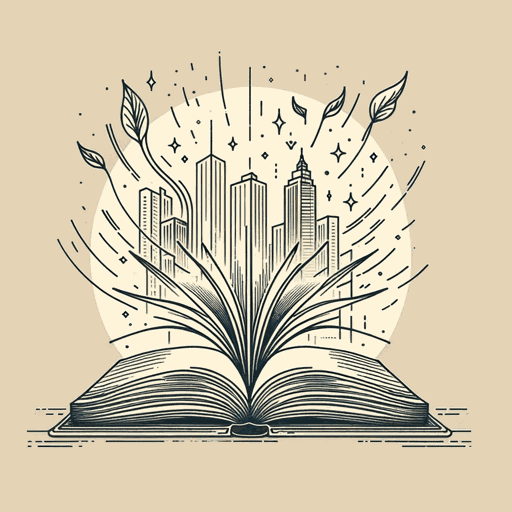
As I Walk These Broad Majestic Days
Walt Whitman

Crossing Brooklyn Ferry
Walt Whitman
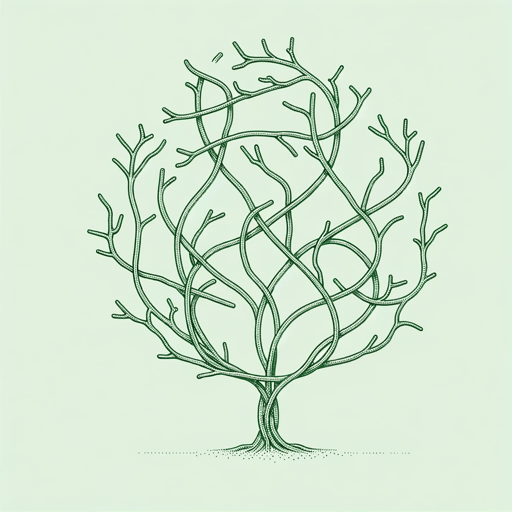
For You O Democracy
Walt Whitman
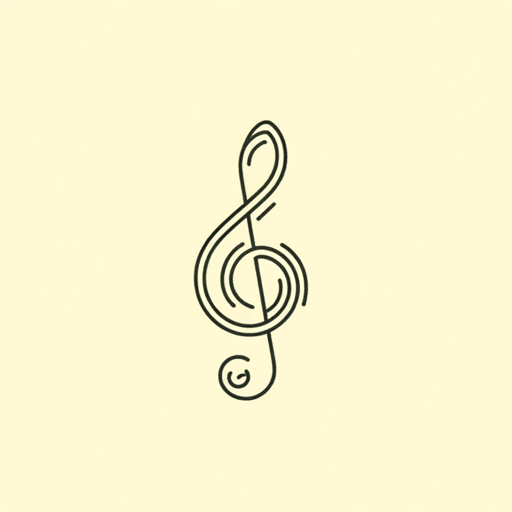
I Hear America Singing
Walt Whitman
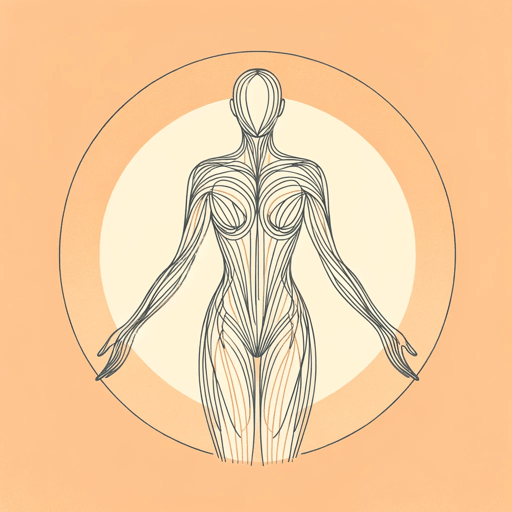
I Sing the Body Electric
Walt Whitman

I Sit and Look Out
Walt Whitman

Leaves of Grass
Walt Whitman

O Captain! My Captain!
Walt Whitman
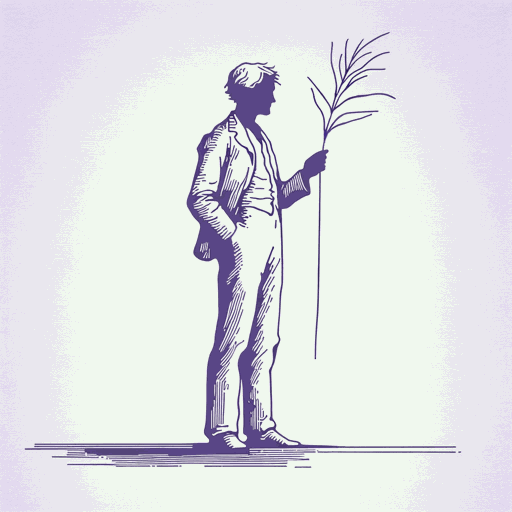
Song of Myself
Walt Whitman
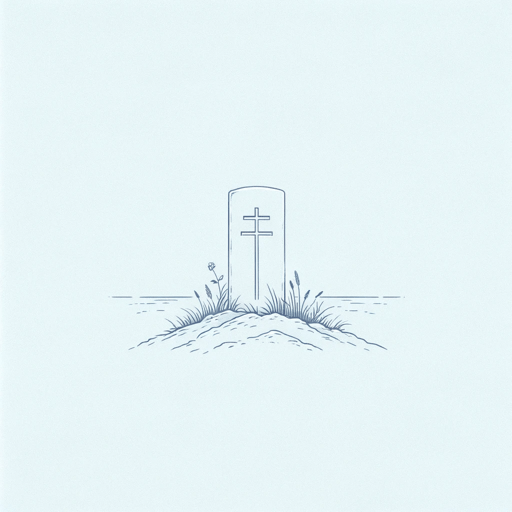
Vigil Strange I Kept on the Field One Night
Walt Whitman

When I Heard the Learn'd Astronomer
Walt Whitman
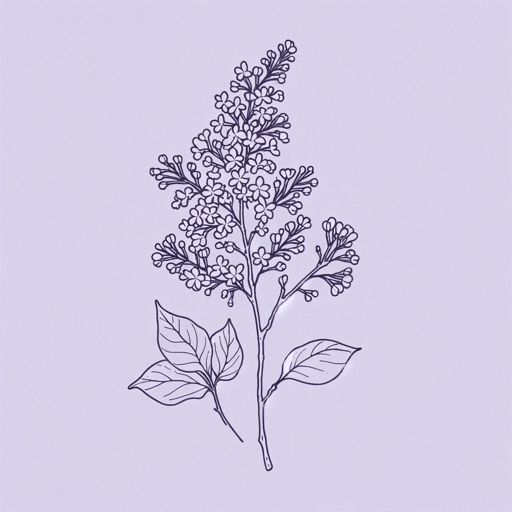
When Lilacs Last in the Dooryard Bloom'd
Walt Whitman
